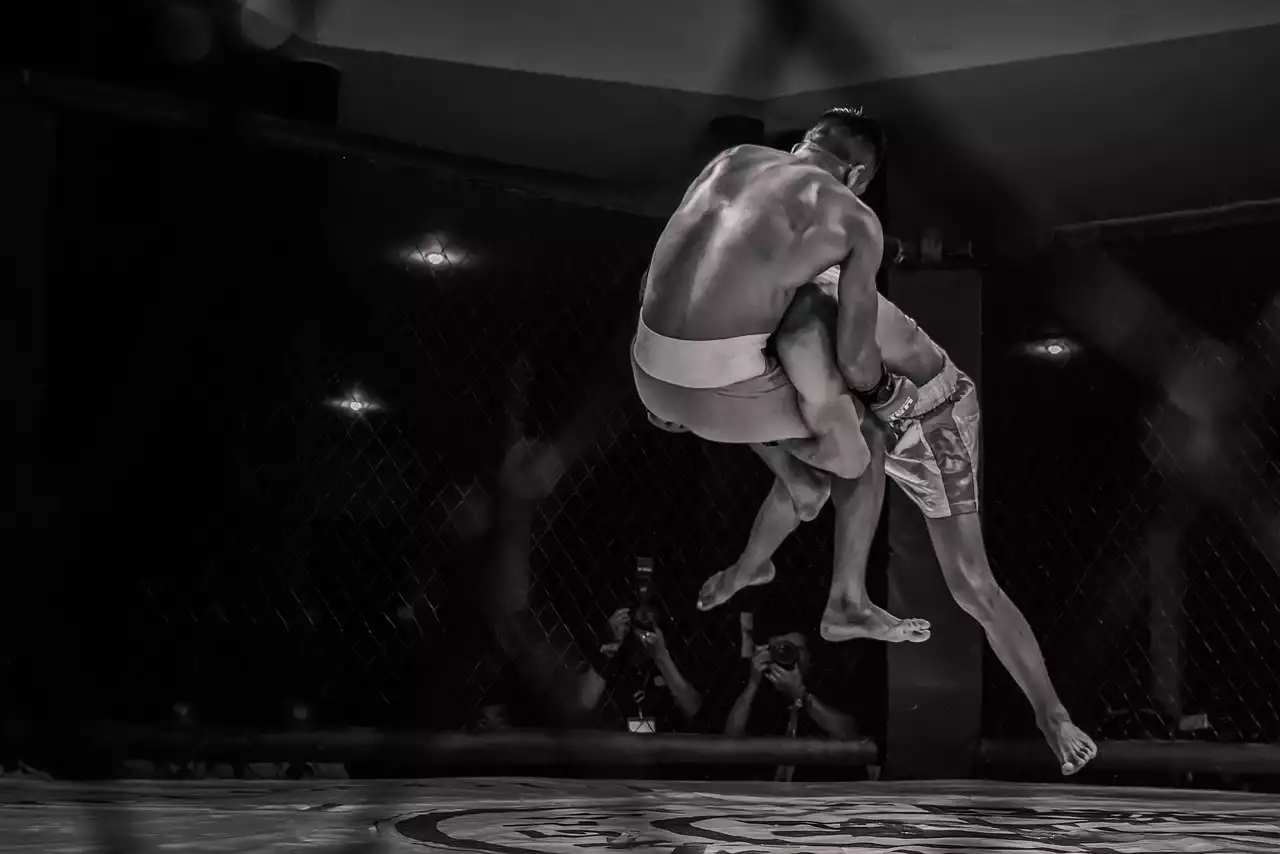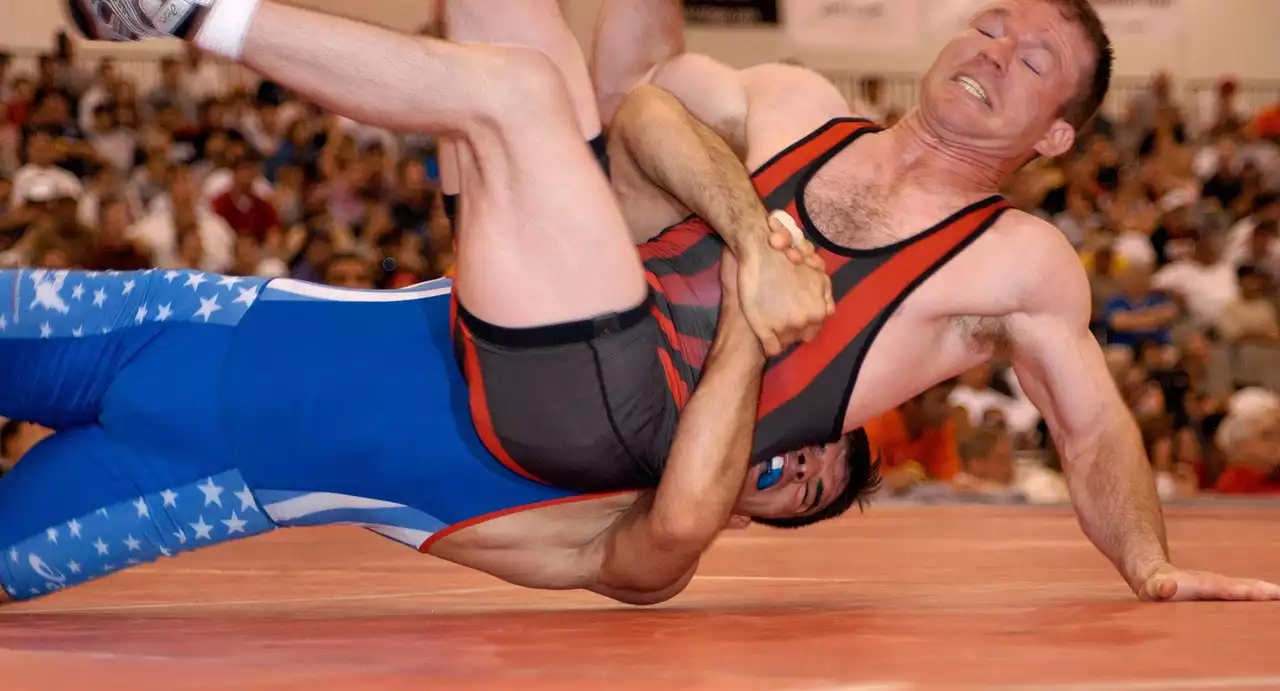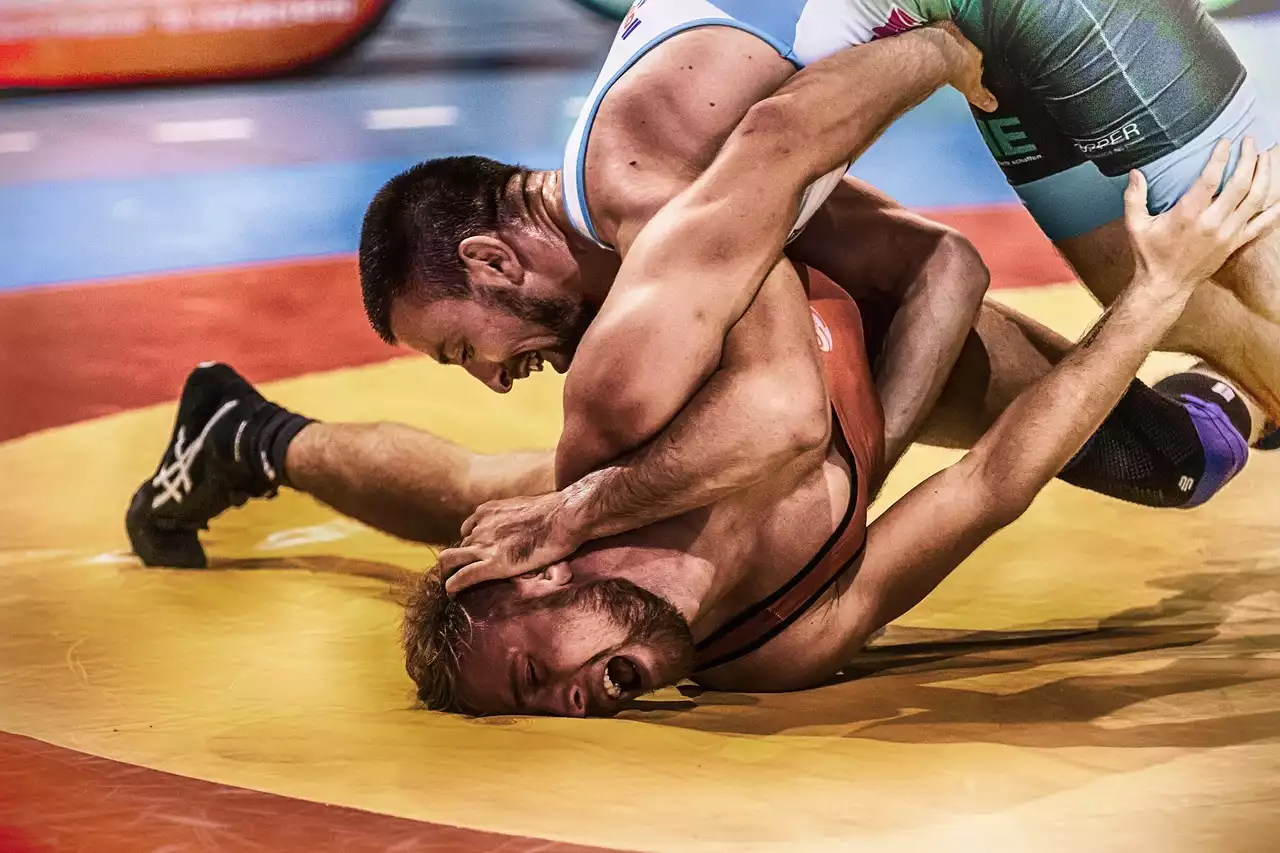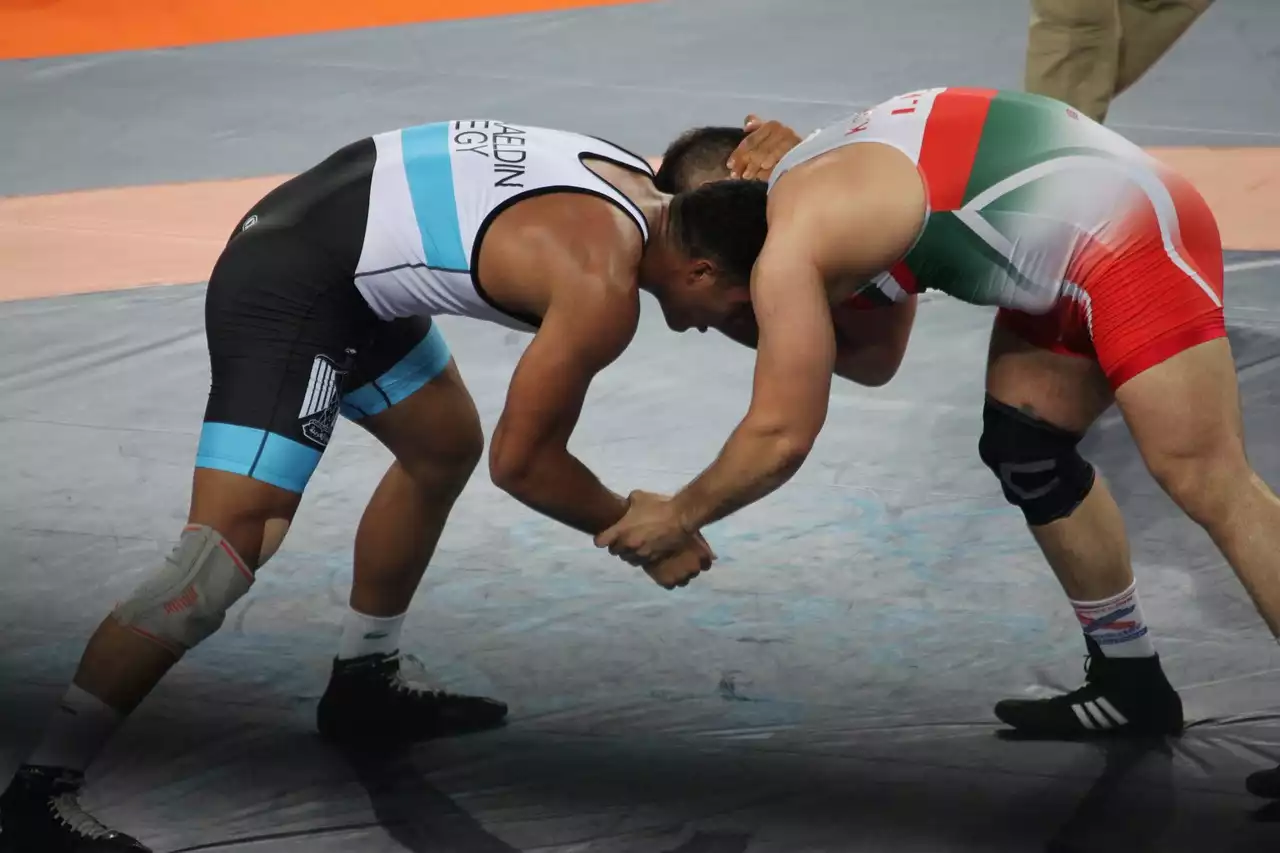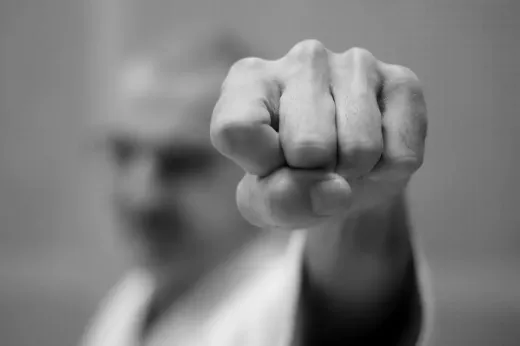Understanding the basics of wrestling
Before you can start training for wrestling competitions, it's important to understand the basics of the sport. Wrestling is a combat sport that involves grappling, takedowns, and pins. The objective is to control your opponent and force them into a vulnerable position, such as on their back, to score points. There are two styles of wrestling: freestyle and Greco-Roman. Freestyle wrestling allows for more creativity and improvisation, while Greco-Roman wrestling limits competitors to only using their upper body.
To become a successful wrestler, you must master the fundamental techniques, such as takedowns, pins, and escapes. Takedowns involve taking your opponent to the mat from a standing position, while pins require you to hold your opponent's shoulders to the mat for a certain amount of time. Escapes are techniques that allow you to get out from under your opponent when you are on the bottom. Understanding these techniques and practicing them regularly will give you a solid foundation for competition training.
Wrestling training for beginners
If you are new to wrestling, it's essential to start with the basics. Your first step should be to find a reputable coach or wrestling club in your area. A good coach will help you develop your skills and provide you with a structured training program that will help you progress. They will also teach you proper technique and help you avoid injury.
In addition to working with a coach, you should also focus on building your strength and endurance. Wrestling requires a lot of physical exertion, so it's important to be in good shape. You can start by doing basic strength-training exercises, such as squats, deadlifts, and bench presses. Cardiovascular training is also essential, as it will help you build endurance and stamina. Running, cycling, and swimming are all great options for cardiovascular exercise.
Wrestling drills and exercises
Once you have a solid foundation of basic techniques and physical fitness, you can start incorporating more advanced drills and exercises into your training regimen. Wrestling drills are designed to help you master specific techniques and improve your overall performance. Some common wrestling drills include:
- Shadow wrestling: This involves practicing your moves and techniques without a partner.
- Live wrestling: This is when you practice your techniques with a partner in a controlled environment.
- Partner drills: These drills involve working on specific techniques with a partner. For example, you might practice a certain takedown or escape over and over again.
- Resistance training: This involves using resistance bands or weights to build strength and endurance.
In addition to these drills, you should also incorporate conditioning exercises into your training regimen. These can include plyometrics, agility drills, and sprints. By combining these exercises with your wrestling drills, you can build a well-rounded training program that will help you improve your performance on the mat.
Nutrition for wrestlers
Proper nutrition is essential for wrestlers, as it can help you maintain your energy levels and support your overall health. Wrestlers need to maintain a balance of carbohydrates, protein, and healthy fats to fuel their training and recovery. Some tips for optimal nutrition for wrestlers include:
- Eating frequent, small meals throughout the day to maintain energy levels.
- Eating a balance of carbohydrates, protein, and fat at each meal. - Staying hydrated by drinking plenty of water throughout the day.
- Avoiding sugary and processed foods, which can cause spikes in insulin levels and lead to energy crashes.
By following these nutrition tips and working with a registered dietitian, you can develop a diet plan that supports your wrestling training and helps you achieve your goals.
Mental preparation for wrestling competition
Wrestling is not just a physical sport - it also requires mental toughness and focus. To prepare for wrestling competitions, it's important to develop mental strategies that will help you stay focused and confident. Some mental preparation techniques for wrestling include:
- Visualization: This involves visualizing yourself performing well in competition and achieving your goals.
- Positive self-talk: Using positive affirmations can help boost your confidence and keep you focused on your goals.
- Goal-setting: Setting specific goals for your performance in competition can help you stay motivated and focused.
- Relaxation techniques: Practicing relaxation techniques like deep breathing or meditation can help you manage stress and anxiety.
By incorporating these mental preparation techniques into your training regimen, you can develop the mental toughness and focus you need to succeed in wrestling competitions.
Wrestling competition strategies
When it comes to wrestling competitions, it's important to have a strategy. Different opponents will have different strengths and weaknesses, so it's essential to tailor your approach to each match. Some common wrestling competition strategies include:
- Playing to your strengths: Focus on using your best techniques and moves to gain an advantage over your opponent. - Capitalizing on your opponent's weaknesses: If you notice your opponent is weak in a certain area, try to exploit that weakness. - Staying focused: It's important to stay focused and maintain your mental toughness throughout the match, even if you are losing.
By developing a solid competition strategy and staying focused throughout the match, you can increase your chances of success on the mat.
Wrestling gear and equipment
To perform your best in wrestling competitions, you need the right gear and equipment. This includes:
- Wrestling shoes: Wrestling shoes are designed to provide traction on the mat and support your feet during matches.
- Headgear: Headgear is worn to protect your ears and prevent injury during matches.
- Singlet: A singlet is the traditional wrestling uniform, which is designed to be form-fitting and allow for a full range of motion.
- Knee pads: Knee pads can provide extra support and protection for your knees during matches.
When shopping for wrestling gear and equipment, look for items that are comfortable, durable, and designed specifically for wrestling.
Recovery and injury prevention for wrestlers
Wrestling is a physically demanding sport, and injuries can happen. To prevent injuries and promote recovery, it's important to take care of your body. Some tips for recovery and injury prevention for wrestlers include:
- Stretching before and after every workout: This can help prevent muscle strains and injuries.
- Resting and recovering between workouts: Giving your body time to rest and recover is essential for preventing injuries and promoting performance.
- Using ice and heat therapy: Ice and heat therapy can help reduce inflammation and promote healing after workouts or matches.
- Seeing a physical therapist or chiropractor: If you do experience an injury, seeing a professional can help you recover more quickly and prevent future injuries.
By taking care of your body and taking steps to prevent injuries, you can stay healthy and perform your best in wrestling competitions.
Wrestling resources and communities
Finally, it's important to remember that wrestling is a community sport. There are many resources and communities available to support you in your training and competition. Some resources and communities for wrestlers include:
- USA Wrestling: USA Wrestling is the national governing body for wrestling in the United States. They offer resources and support for wrestlers of all ages and skill levels.
- Local wrestling clubs: Local wrestling clubs offer training and support for wrestlers in your area. - Online forums and communities: There are many online forums and communities where you can connect with other wrestlers and get advice and support.
By connecting with other wrestlers and utilizing available resources, you can get the support and guidance you need to succeed in wrestling competitions.
